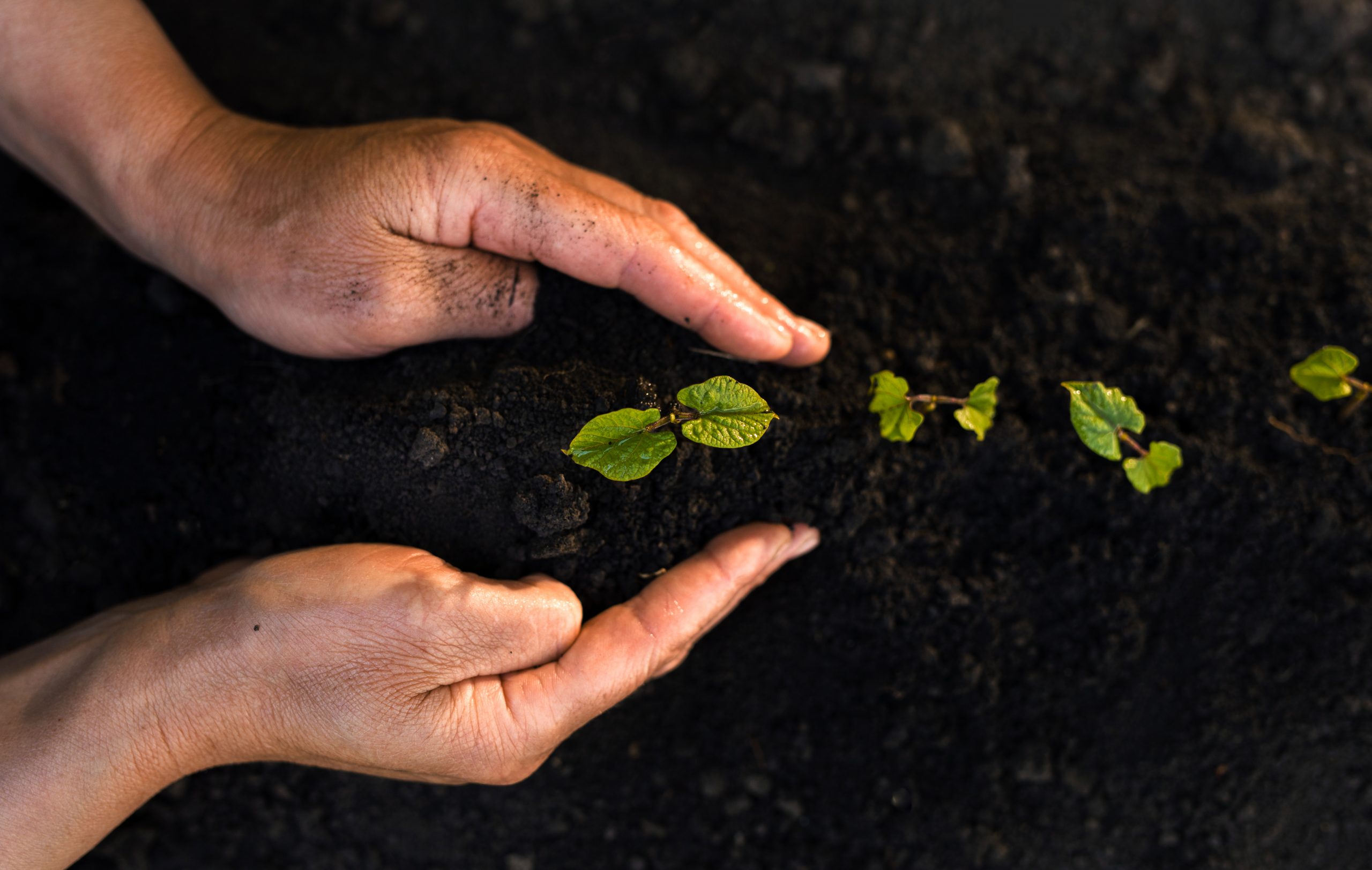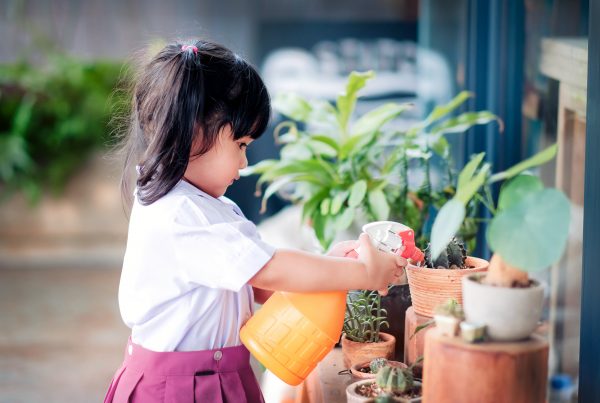So you’re new to the world of composting. Welcome!
Composting is a simple but effective way to reduce the amount of unnecessary waste you’re sending into landfills. The process breaks down organic matter through a decomposition process, activated by naturally occurring bacteria and fungi and aided by earthworms and other small invertebrates. Composting can turn food scraps and other plant-based items into dark-coloured soil in a matter of weeks or months, returning it harmlessly to the earth.
Not just for the home, there are many benefits to composting for businesses, including minimising the company’s carbon footprint and establishing an eco-aware culture within the organisation. So, whether you’re setting up a composting system for your home, an office space or within a larger organisation, there are some basic things to know to ensure it works the way it should.
-
- Get the ingredient balance right
Composting is the decomposition of organic waste into nutrient-rich soil. But, to activate the breakdown of items, you need a diverse balance of green materials (like fruit and vegetable scraps, and coffee grounds) and brown materials (such as dried leaves, cardboard and newspaper). Gardening offcuts, collected after a day of pruning and cutting, are great brown materials for compost (consider using a biodegradable gardening bag when out in the garden). Failure to get the balance of green and brown compost right will result in a sludgy, smelly mess. - Create the right conditions
Living organisms do the hard bit in breaking down the waste and releasing the minerals and nutrients needed. While they’re at work, your compost will require regular turning to aerate it and speed up decomposition. Keep the pile moist but not waterlogged (the feeling of a wrung-out sponge is the ideal dampness). If you notice unpleasant odours, it means you need to adjust the balance of green and brown materials or allow more airflow. - Avoid certain things
Some things should NOT go into the compost. This list includes any weeds that have seeds in them, paper that’s been coated (such as magazines), meat scraps, dairy and oily items. Animal products can attract pests and slow down the composting process. For similar reasons, it’s also recommended to avoid putting pet poop into the home composting environment. - Find a system that works for you
Your needs will differ depending on whether you’re implementing a composting system for your family household, a food-focused business, or an office setting. Selecting the right method of composting is essential for the success and even the continuation of the new process. There are various options when it comes to composting, but the most popular and easiest to get started with is a composting bin. This is something with a lid that helps control odours and keeps pests out. For larger businesses, coordinating with a council-run organics pick-up or industrial composting system may be more suitable. attract pests and slow down the composting process. For similar reasons, it’s also recommended to avoid putting pet poop into the home composting environment. - Set up in the right location
Find a location that’s convenient and accessible. For homes, look for somewhere in the backyard with good airflow. In an office or business setting, try starting small with a composting caddy in the kitchen or break areas lined with a Compostable Bin Liner, which can then be disposed of into a larger composting station. attract pests and slow down the composting process. For similar reasons, it’s also recommended to avoid putting pet poop into the home composting environment. - Educate composters
Make sure the people using the compost know what can and can’t be put into the compost to prevent contamination. Foster a sense of communal responsibility for the compost and express your environmentally motivated reasons for using the system – and the impact their actions will have on the environment. attract pests and slow down the composting process. For similar reasons, it’s also recommended to avoid putting pet poop into the home composting environment. - Allocate a compost champion
While it’s everyone’s responsibility to compost, bigger businesses and office spaces should have someone who monitors and maintains the compost system. This may be the person who empties the compost caddy before it gets too full and lines it with a new Compostable Bag or someone who keeps an eye on the ingredient mix in the compost bin in the backyard. attract pests and slow down the composting process. For similar reasons, it’s also recommended to avoid putting pet poop into the home composting environment. - Keep making adjustments
A compost is a living, breathing thing requiring ongoing work. Keeping your compost well aerated and moist will help the microorganisms that break down the organic matter work faster and more efficiently. Aim to turn your compost with a fork or a shovel every few weeks to mix the materials and create aeration. If you have a smelly compost, it could mean it’s too wet, not enough air or too much ‘green’ ingredients. Try adding ‘brown’ ingredients like dry leaves, straw or shredded paper to speed up the decomposition. If it’s too dry, add water or more ‘green’ materials. This constant monitoring ensures a healthy composting system.
- Get the ingredient balance right
Once your compost is ready, it will look like dark brown soil and smell earthy. You can use it to enrich your garden beds, pots or lawns, or donate it to a community garden or a local farmer. You can also join a compost network or a food waste collection service that will pick up your compostable waste and turn it into compost for you.
Aside from these top tips, the best way to learn about and improve your composting system is to simply get started. Start small and build out to greater methods of composting your food scraps and organic waste. By doing so, you’ll be contributing to a greener and more sustainable future.




